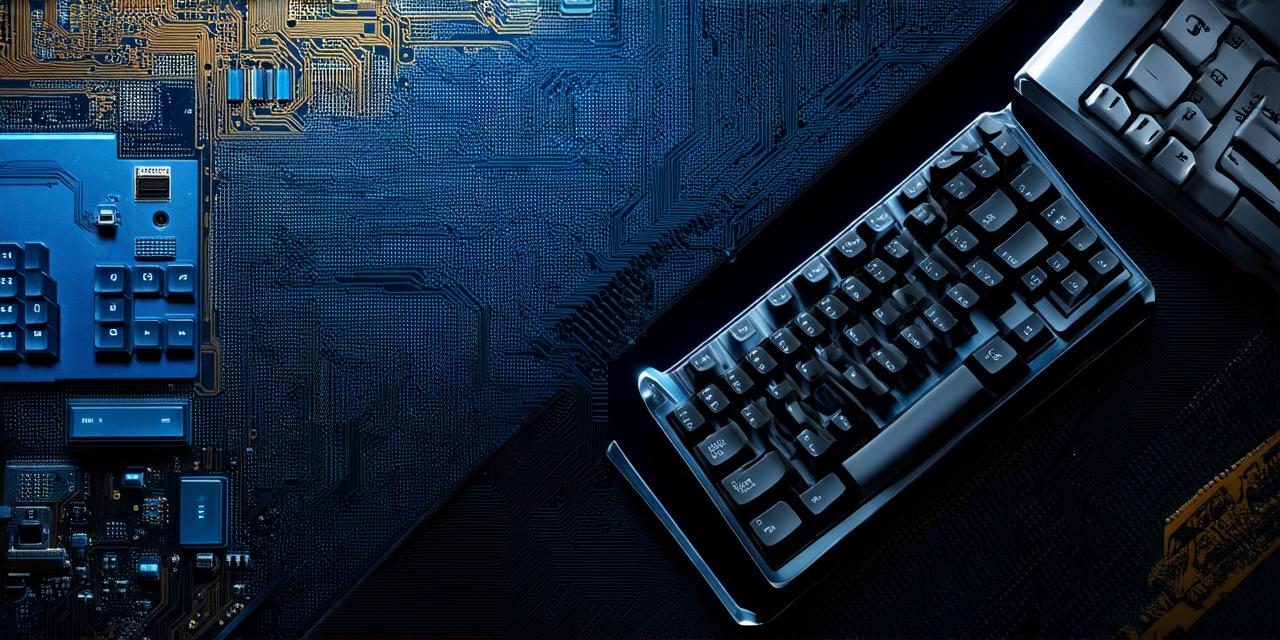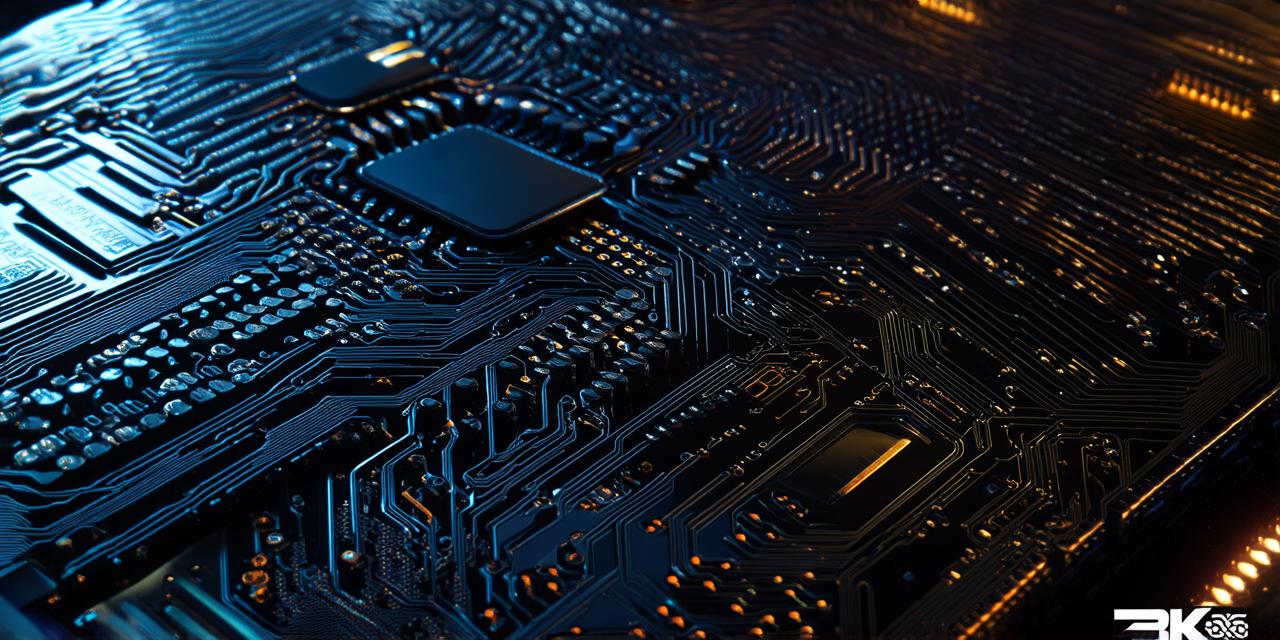Chromebooks are becoming increasingly popular as they offer affordable and portable computing options. However, many gamers may find it difficult to play their favorite games on these devices due to their limited processing power and graphics capabilities.
Introduction
Chromebooks are designed for students and professionals who need an affordable and portable computing solution. While these devices have come a long way in terms of processing power and graphics capabilities, they still lack the power to run demanding games. However, with careful planning and optimization, game developers can create engaging games that provide a seamless gaming experience on Chromebooks.
1. Understand Your Target Audience
Before you start developing your game, it’s important to understand your target audience. Who are they? What kind of games do they like to play? What are their expectations when it comes to graphics and performance? Answering these questions will help you create a game that resonates with your target audience and provides an engaging gaming experience.
2. Choose the Right Game Engine
The choice of game engine can have a significant impact on the performance and graphics capabilities of your game. There are several game engines available for Chromebooks, including Unity, Construct 3, and Godot. Each engine has its own strengths and weaknesses, so it’s important to choose the one that best suits your needs.

Unity is a popular game engine that supports 2D and 3D graphics, as well as various scripting languages. It also offers a wide range of tools and features for creating games, including support for VR and AR. However, Unity can be resource-intensive, which may not be ideal for Chromebooks with limited processing power.
Construct 3 is a beginner-friendly game engine that allows you to create games using visual scripting instead of coding. It also supports both 2D and 3D graphics and offers a range of tools and features for creating games. However, Construct 3 may not be as powerful as other engines, which can limit the complexity of your game.
Godot is an open-source game engine that supports both 2D and 3D graphics, as well as various scripting languages. It also offers a range of tools and features for creating games, including support for VR and AR. Godot is known for its performance and can be a good choice for Chromebooks with limited processing power.
3. Optimize Your Game for Performance
Optimizing your game for performance is crucial when developing for Chromebooks. Here are some best practices to follow:
- Keep your graphics simple: Complex graphics can slow down your game, especially on devices with limited processing power. Try to keep your graphics simple and avoid using high-resolution textures.
- Minimize draw calls: Draw calls are the process by which the game engine draws objects on the screen. Minimizing the number of draw calls can improve performance by reducing the load on the GPU.
- Use LOD (Level of Detail) textures: LOD textures are lower-resolution versions of textures that are used when an object is far away from the camera. This can help reduce the load on the GPU and improve performance.
- Avoid excessive particle effects: Particle effects, such as explosions and smoke, can be resource-intensive and slow down your game. Try to use them sparingly and only when necessary.
4. Test Your Game on Real Devices
Testing your game on real devices is crucial for ensuring that it works well on Chromebooks. You should test your game on a range of devices with different specifications to ensure that it runs smoothly and provides an engaging gaming experience.




